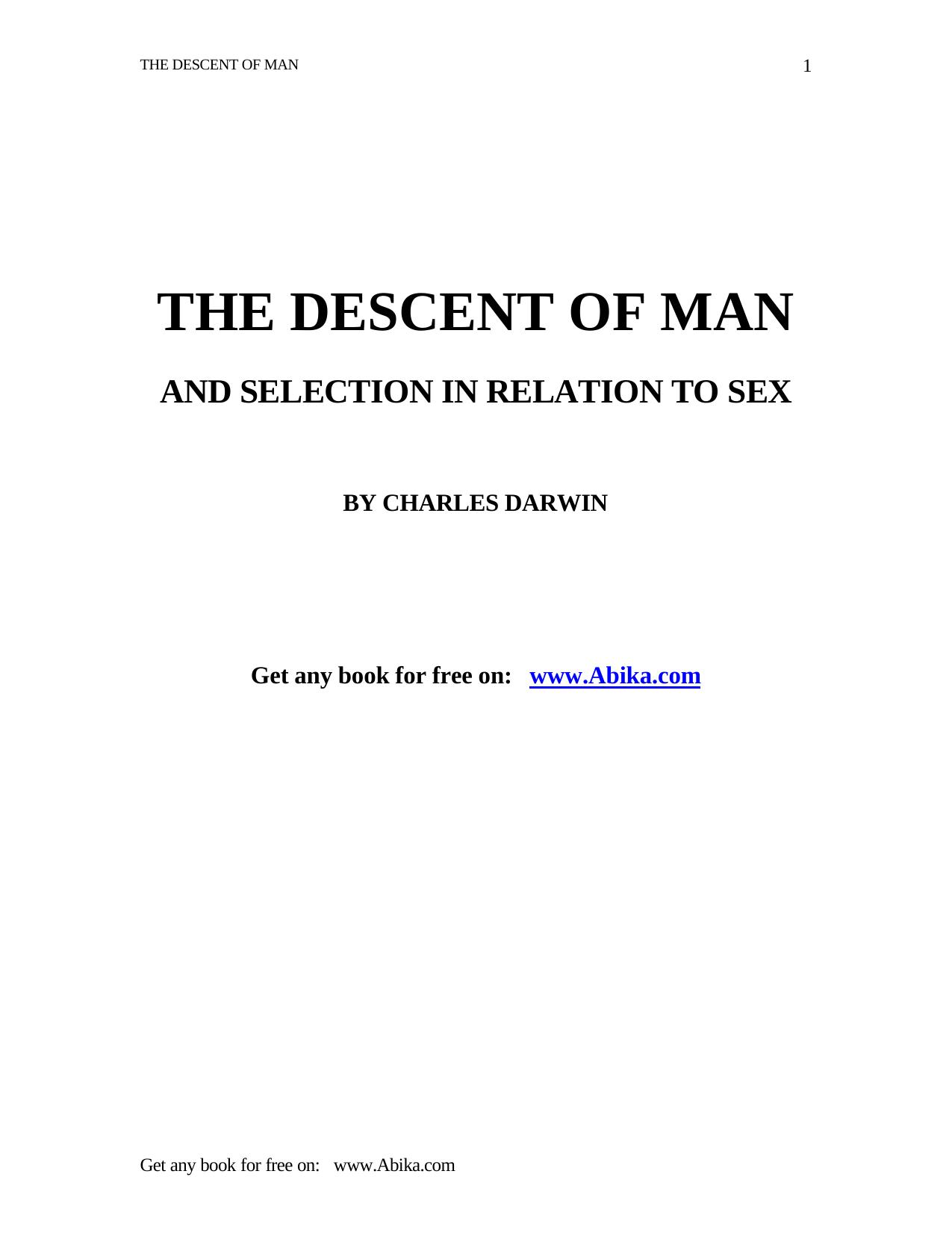The Descent of Man and Selection in Relation to Sex by Charles Darwin

Author:Charles Darwin
Language: eng
Format: epub, pdf
Published: 2012-10-19T16:00:00+00:00
Fig. 39. Tetrao cupido; male. (From Brehm.)
In some birds the vocal organs differ greatly in the two sexes. In the Tetrao cupido (fig. 39) the male has two bare, orange-coloured sacks, one on each side of the neck; and these are largely inflated when the male, during the breeding-season, makes a curious hollow sound, audible at a great distance. Audubon proved that the sound was intimately connected with this apparatus, which reminds us of the air-sacks on each side of the mouth of certain male frogs, for he found that the sound was much diminished when one of the sacks of a tame bird was pricked, and when both were pricked it was altogether stopped. The female has “a somewhat similar, though smaller, naked space of skin on the neck; but this is not capable of inflation.”[99] The male of another kind of grouse (Tetrao urophasianus), whilst courting the female, has his “bare yellow œsophagus inflated to a prodigious size, fully half as large as the body;” and he then utters various grating, deep hollow tones. With his neck-feathers erect, his wings lowered and buzzing on the ground, and his long pointed tail spread out like a fan, he displays a variety of grotesque attitudes. The œsophagus of the female is not in any way remarkable.[100]
It seems now well made out that the great throat-pouch of the European male bustard (Otis tarda), and of at least four other species, does not serve, as was formerly supposed, to hold water, but is connected with the utterance during the breeding-season of a peculiar sound resembling “ock.” The bird whilst uttering this sound throws himself into the most extraordinary attitudes. It is a singular fact that with the males of the same species the sack is not developed in all the individuals.[101] A crow-like bird inhabiting South America (Cephalopterus ornatus, fig. 40) is called the umbrella-bird, from its immense top-knot, formed of bare white quills surmounted by dark-blue plumes, which it can elevate into a great dome no less than five inches in diameter, covering the whole head. This bird has on its neck a long, thin, cylindrical, fleshy appendage, which is thickly clothed with scale-like blue feathers. It probably serves in part as an ornament, but likewise as a resounding apparatus, for Mr. Bates found that it is connected “with an unusual development of the trachea and vocal organs.” It is dilated when the bird utters its singularly deep, loud, and long-sustained fluty note. The head-crest and neck-appendage are rudimentary in the female.[102]
Fig. 40. The Umbrella-bird or Cephalopterus ornatus (male, from Brehm).
Download
The Descent of Man and Selection in Relation to Sex by Charles Darwin.pdf
This site does not store any files on its server. We only index and link to content provided by other sites. Please contact the content providers to delete copyright contents if any and email us, we'll remove relevant links or contents immediately.
Sapiens: A Brief History of Humankind by Yuval Noah Harari(14216)
Sapiens by Yuval Noah Harari(5281)
Pale Blue Dot by Carl Sagan(4886)
Homo Deus: A Brief History of Tomorrow by Yuval Noah Harari(4801)
Livewired by David Eagleman(3663)
Origin Story: A Big History of Everything by David Christian(3631)
Brief Answers to the Big Questions by Stephen Hawking(3357)
Inferior by Angela Saini(3260)
Origin Story by David Christian(3132)
Signature in the Cell: DNA and the Evidence for Intelligent Design by Stephen C. Meyer(3055)
The Gene: An Intimate History by Siddhartha Mukherjee(3029)
The Evolution of Beauty by Richard O. Prum(2925)
Aliens by Jim Al-Khalili(2776)
How The Mind Works by Steven Pinker(2714)
A Short History of Nearly Everything by Bryson Bill(2616)
Sex at Dawn: The Prehistoric Origins of Modern Sexuality by Ryan Christopher(2472)
From Bacteria to Bach and Back by Daniel C. Dennett(2432)
Endless Forms Most Beautiful by Sean B. Carroll(2414)
Who We Are and How We Got Here by David Reich(2385)
